The people of Río Viejo are giving their lives for water and land. In this hamlet in the Bajo Cauca region of Antioquia, men, women and children have lived for years in brick houses, some of them unplastered, built on dirt roads and next to banana plantations, digging the land to find water and build wells, especially in times of severe drought, but also to plant those plants that are invincible to the mercury feared in this area of the northwest of the country due to illegal mining.
Conforme a los criterios de

(Lea esta historia en español, aquí)
It was in 2018 that the people of this village in the municipality of Caucasia were brought together by uniformed members of the Carabineros police to understand why the piñón and guarumo are considered 'miraculous' by this community, but whose explanation is based on science.
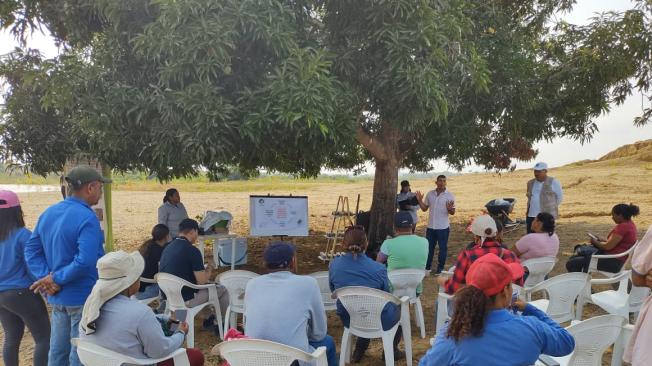
The plan began with a nursery in Circasia to grow guarumo and piñón.
Foto:Foto suministrada por la Policía Nacional
Even then, young people like Eduardo Baldovino, 20, could not believe how two living species suck through their roots the chemical used to separate and extract gold from the flat soils of the Rio Viejo.
In the case of the guarumo, for example, the mercury rises up its stem, which can reach a height of 12 metres, and is deposited in its fruits and leaves. These are then cut off.
The 'miraculous' effects of these chemically resistant plants and training were quickly disseminated in the region by the Carabineros police, with the support of the US embassy, which provided resources, and with the knowledge of biologists and other experts from the University of Córdoba in the neighbouring department of Antioquia. The university became involved because Montería, the capital of Córdoba, is only two hours away from Caucasia, which has a history as a mining community that has not only built illegal structures. The community has made its living from artisanal mining.
This plan to raise environmental awareness, combat illegal mining and mercury, and recover land affected by the gangs that have arrived in the Caucasia area began six years ago on two hectares of the La Paraguay farm, in addition to the creation of a nursery in the community. The planting was extended to other sectors of Caucasia and also to El Bagre, where the mayor's office showed interest.
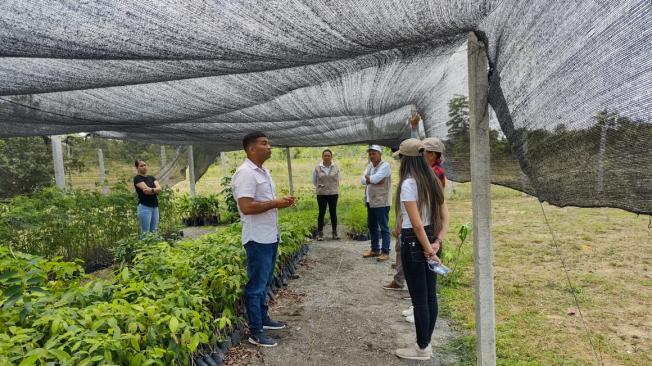
The plan began with a nursery in Circasia to grow guarumo and piñón.
Foto:Foto suministrada por la Policía Nacional
There, the inhabitants of the village and other towns in Caucasia were made aware that while gold mining is tempting, with artisanal miners producing up to 15 tonnes of gold in four years, the health costs are greater because of the neurological damage caused by the activity.
In fact, it would take seven times as much mercury, or 105 tonnes, to produce these 15 tonnes. According to the National Police, when the initiative for a process known in the world as phytoremediation began in Caucasia four years ago, the goal of everyone involved, including the police, researchers from the University of Córdoba and the community, was to remediate 25 hectares of soil with guarumo and piñón, thus restoring water sources.
Today, 38 hectares of land damaged by mining in Caucasia have been restored, according to Lieutenant Colonel Johan Peña, head of environmental protection for the National Police.
The National Police have been working on biodiversity and the environment for a long time,' he says.
This has led to a number of projects, particularly to combat the criminal economies that have affected the environment, and one of these processes is illegal mining. When we looked at this process of deforestation, which is as strong as illegal mining, we found the phytoremediation project. It allows us to carry out a series of studies on these plants that are native to the region, in order to begin to remediate the soil that has been affected by this particular economy.
He adds that all this work, which is now in the hands of the new Water Police (with the Carabineros), unique in the world, is being carried out with the strong support of the US government and its International Narcotics and Law Enforcement Agency (INL). This work allows us to locate a number of universities.
He says studies have shown that the piñón and guarumo are optimal, so much so that more than 80 per cent of the soil previously leached by mercury has been recovered. In addition, the piñón is an endemic plant and a potential source of biofuel. So, in addition to soil improvement and reforestation, there are other benefits such as gas and oil production.
The colonel also explains that in 2024 this process of phytoremediation will evolve into bioremediation, because not only criminal economies affect the environment, but also agricultural activities and deforestation by the same citizens in the countryside. The colonel has been explaining this area of citizen participation to participants in the COP16 Green Zone since 21 October and will continue to do so until the summit ends on 1 November.
The colonel stresses that this work is based on the five transversal axes mentioned by the Director of the National Police, General William Salamanca, when he inaugurated the Water Police on 19 October, two days before COP16 in Cali.
The five transversal axes allow us to recover the environment, and bioremediation allows us to eliminate the effects of criminal economies,' he said.
The lieutenant colonel stresses the need to work with these axes, as they will allow the development of laboratories and allow the police themselves to carry out more studies.
Where else would they plant guarumo and piñón to improve the soil for mining?
But he warns that the areas and soils where the guarumo and piñón are to be planted must be analysed, with respect for the species that live there. For now, bioremediation is being extended to other areas where illegal mining has affected the soil, such as Valle del Cauca, Cauca, Nariño, Chocó, Norte de Santander and Meta. In the Valle, it would be in the Farallones area, in the Peñas Blancas district of Cali, but only after a social process with the communities.
The first axis is the Water Protection Police to protect water resources. The second is the creation of the Transnational Integration Centre to combat environmental crime in the Amazon. The third is phytoremediation. The fourth is a laboratory for the forensic identification of wild species, and the fifth is the strengthening of the aerial fire-fighting and environmental protection fleet.
Residents like Eduardo Baldovino have been involved in the pilot plan to think about how to provide food for the area from sources other than mining. The 20-year-old had even considered fishing when he came up with the idea for the two plants, which people were amazed to discover could resist the mercury, which is harmful to humans, and at the same time restore the soils that provide them with the water they need by scraping the earth in the lower Cauca region of Antioquia.
CAROLINA BOHÓRQUEZ
Correspondent of EL TIEMPO
Cali
Editor's note: This text is an artificially intelligent English translation of the original Spanish version, which can be found here. Any comment, please write to berdav@eltiempo.com

.png) hace 5 meses
25
hace 5 meses
25
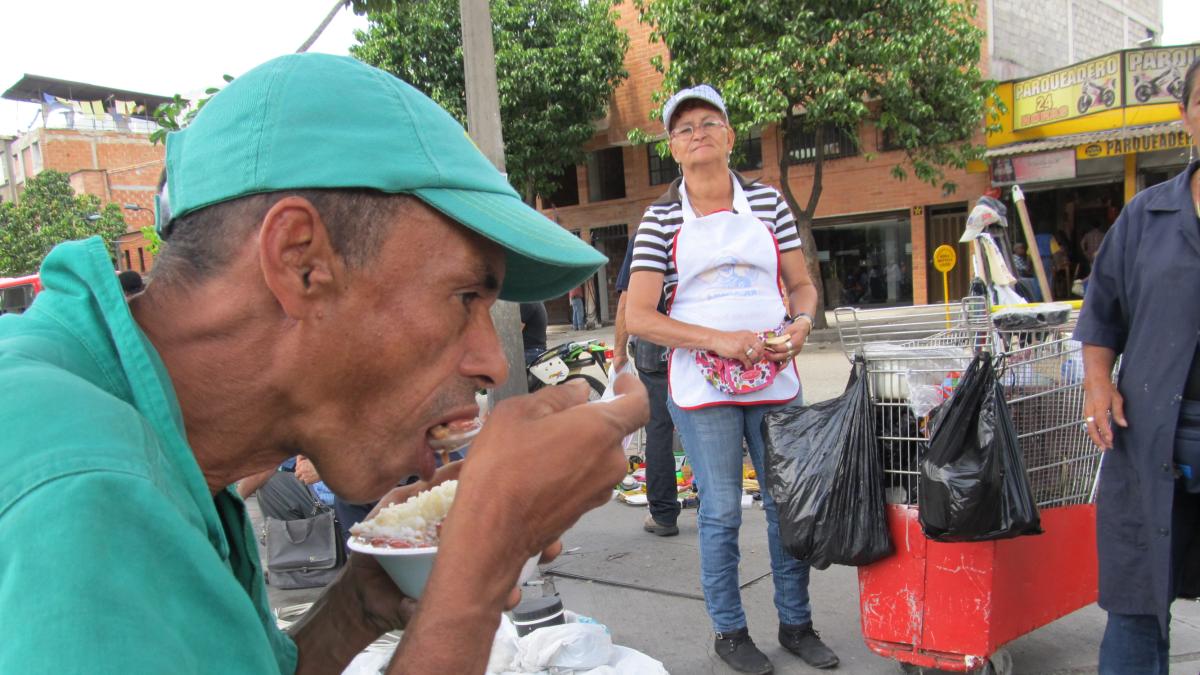
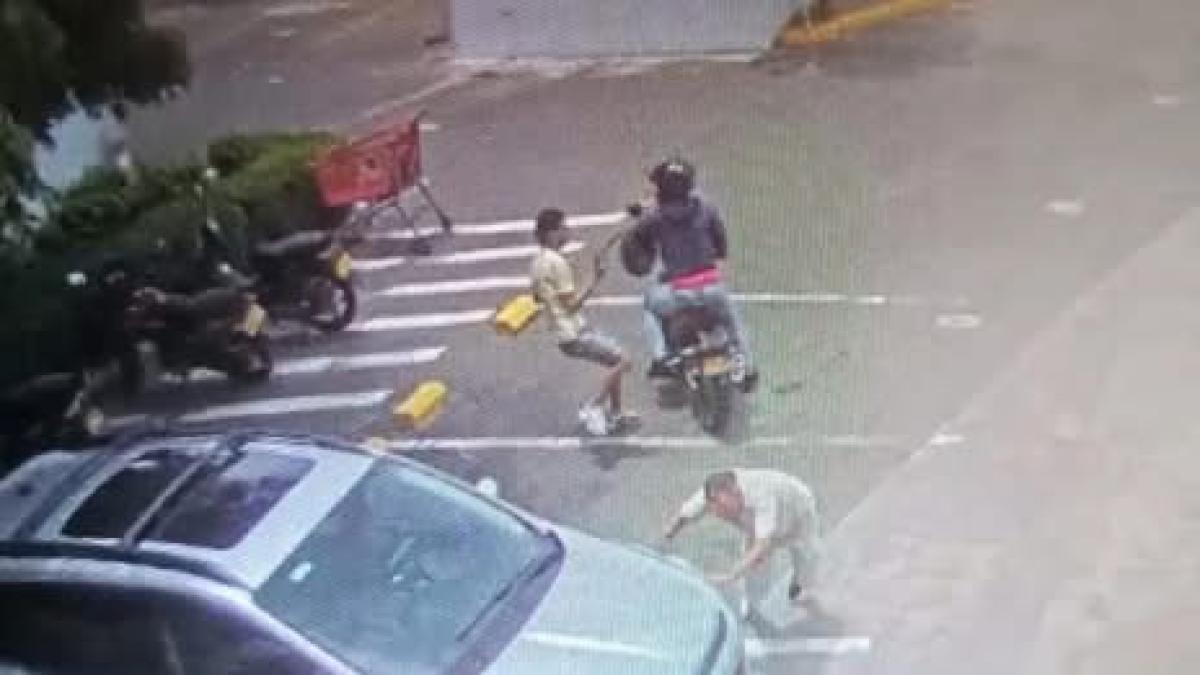
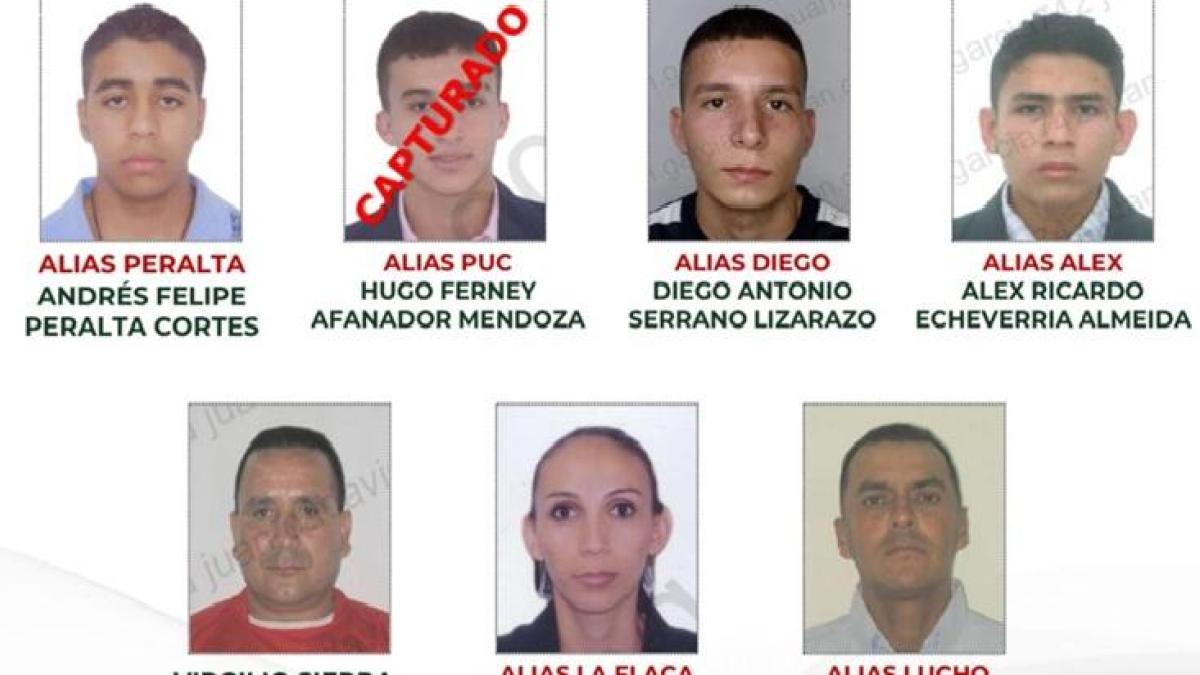



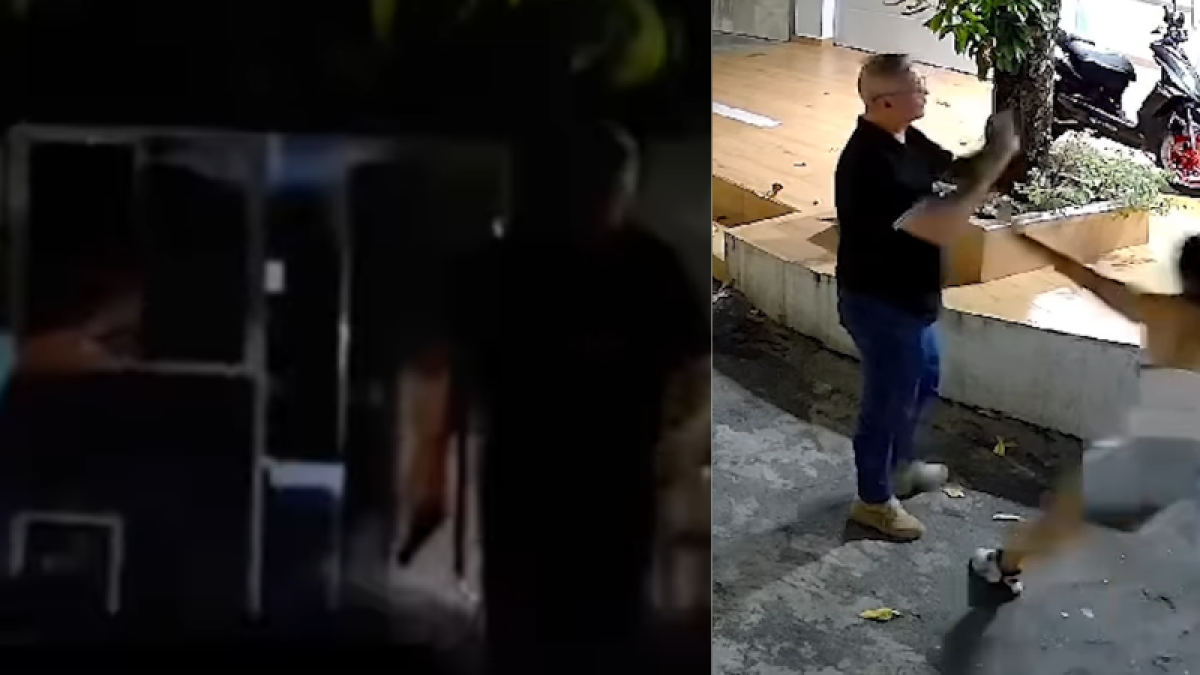

 English (US) ·
English (US) · 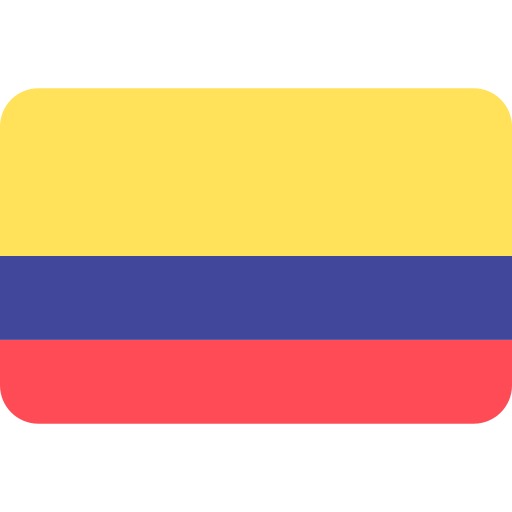 Spanish (CO) ·
Spanish (CO) ·